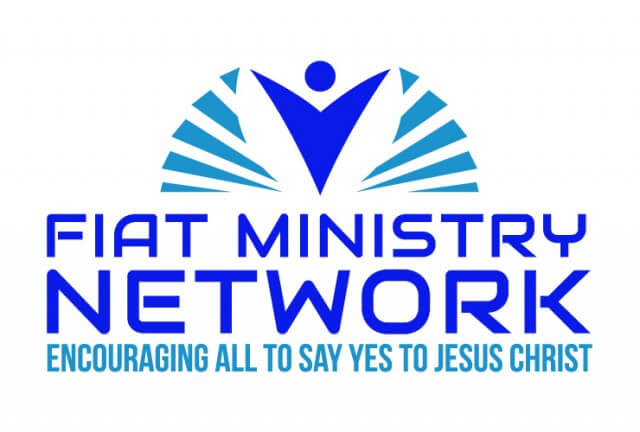A recession will come to the United States economy, but not in 2022. Federal Reserve policy will lead to more business cycles, which many businesses are not well prepared for. The downturn won’t come in 2022, but could arrive as early as 2023. If the Fed avoids recession in 2023, then look for a more severe slump in 2024 or 2025.
Recessions usually come from demand weakness, but supply problems can also trigger a downturn. In 2022 demand for goods and services will be strong. Consumers have plenty of money, thanks to past earnings, stimulus payments and extra unemployment insurance. They have paid down their credit card balances. Even though they also increased their car loans outstanding as they upgraded their rides, their general condition is good. Employment will increase thanks to the spending, reinforcing the income gains that enable expenditures.
Businesses, too, have plenty of cash on hand. Not only have profits been good, but the Paycheck Protection Program gave nearly $800 billion to businesses. Companies want to buy computers, equipment and machinery to substitute for the workers they cannot find, and this spending will help manufacturers of the equipment.
Homebuilders will construct as many homes as they can, though that will be limited by buildable lots, skilled labor and building materials. Non-residential construction will slowly gain ground, especially in warehouse space and suburban offices.
The government will spend, not only at the federal level but also among state and local entities. The federal government has no worries about deficits, while state and local governments are flush with federal money.
Exports should grow slowly, thanks to improving world economies.
The spending side of the economy has little risk of recession in 2022, but could supply problems trigger a recession?
Supply chain problems can have negative impacts when factories have to shut down for lack of parts, as happened in the automobile industry. Recently Ford Europe’s Gunnar Herrmann told CNBC, “It’s not only semiconductors. You find shortages or constraints all over the place,” mentioning lithium, plastics and steel in particular. The automobile industry has laid off workers at multiple plants, mostly for a few weeks, but some long term. When workers are laid off for lack of materials to assemble, then the economy suffers. Most of the shortages under discussion, however, are limiting growth rather than
So the supply challenge we have is not an actual reduction in materials available, just insufficient materials to meet the stronger demand. Despite the snarls at the ports of Long Beach and Los Angeles, more inbound containers are hitting the docks than in 2019. Mostly we are seeing supply as a limit on growth rather than a cause of recession.
Much of the supply limitation prevents growth but does not push spending downward. Businesses are cutting back on variety. A shirt in a particular size may only be available in a few colors, not 16. That is unfortunate and may discourage a few shoppers, but for the most part, we’ll still be buying goods.
Job losses from vaccine mandate layoffs could push the economy toward recession, given that 31% of people over age 18 are not fully vaccinated. The various mandates cover about 100 million workers. Some of those 31 million unvaccinated workers subject to mandates will get their shots, but others certainly won’t. In the worst of the pandemic recession, the country lost 22 million jobs. Losing 31 million jobs because of vaccine mandates—or even half that number—would be disastrous. And because it would be disastrous, it will not happen. The Biden administration almost certainly will pull back the mandate before accepting such a harsh result rise in unemployment.
Though 2022 is unlikely to host a recession, 2023 and 2024 are extremely risky. The Federal Reserve will start tapering its quantitative stimulus soon, and sometime in mid-2022, it will begin raising short-term interest rates. The economy reacts with a time lag of about one year, plus or minus. The greatest risk in the near term is that the Fed realizes that much of the recent inflation is long-lasting rather than transitory. They will then hit the brakes. Because of the time lag, the Fed may decide to stomp down harder on the brakes, triggering a recession.
If the Fed avoids an over-reaction recession, it risks not bringing inflation down at all. The longer the Fed waits, the more work they will need to do later. We’ll still have massive fiscal stimulus plus the lagged effects of past monetary stimulus. Public anger over inflation will provoke a stronger Fed response by 2025 at the latest, but probably earlier.
Can a recession be completely avoided in the next few years? Theoretically, it’s possible. The Fed would have to tighten at just the right time, in just the right magnitude, then return to neutral at just the right time. It could happen, but the odds are very, very slim. The people at the Fed are smart and knowledgeable, but the task is too difficult for mere mortals. So businesses should enjoy their gains in 2022 while developing contingency plans to be ready for the nearly-inevitable recession.

0 Comments